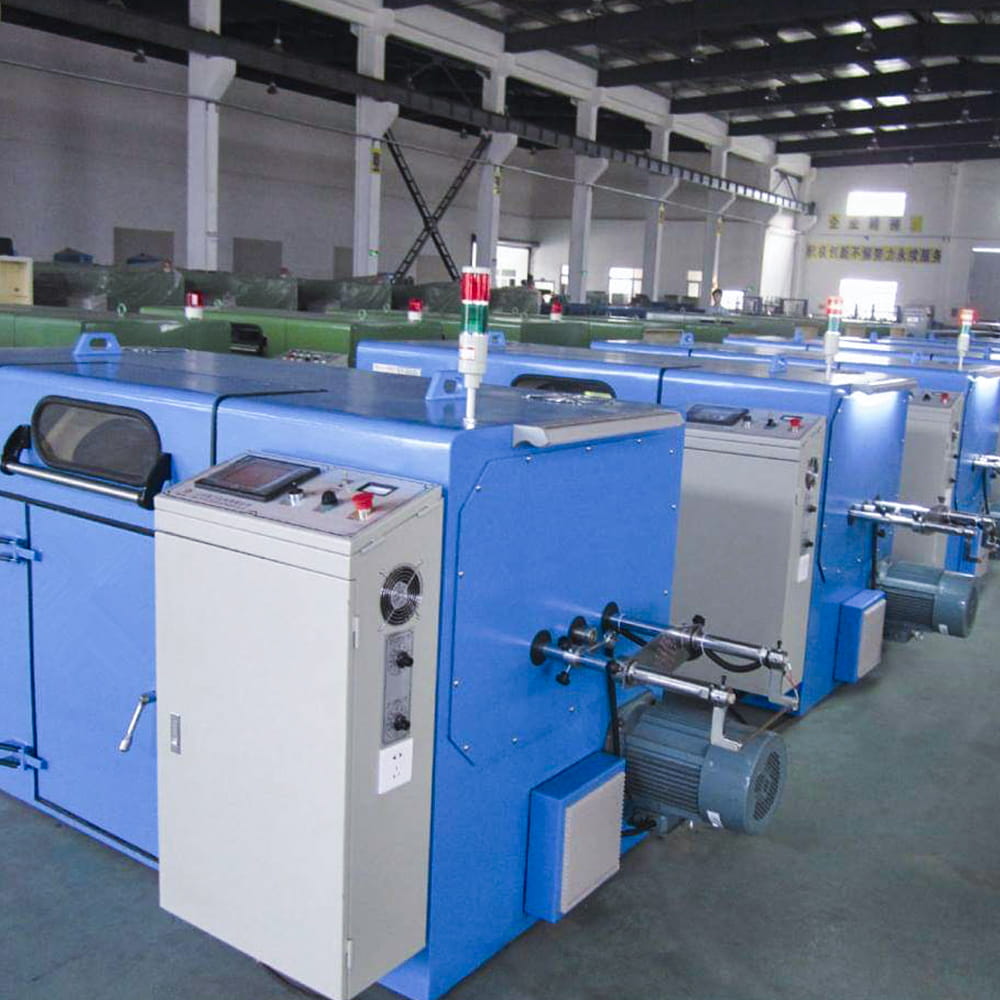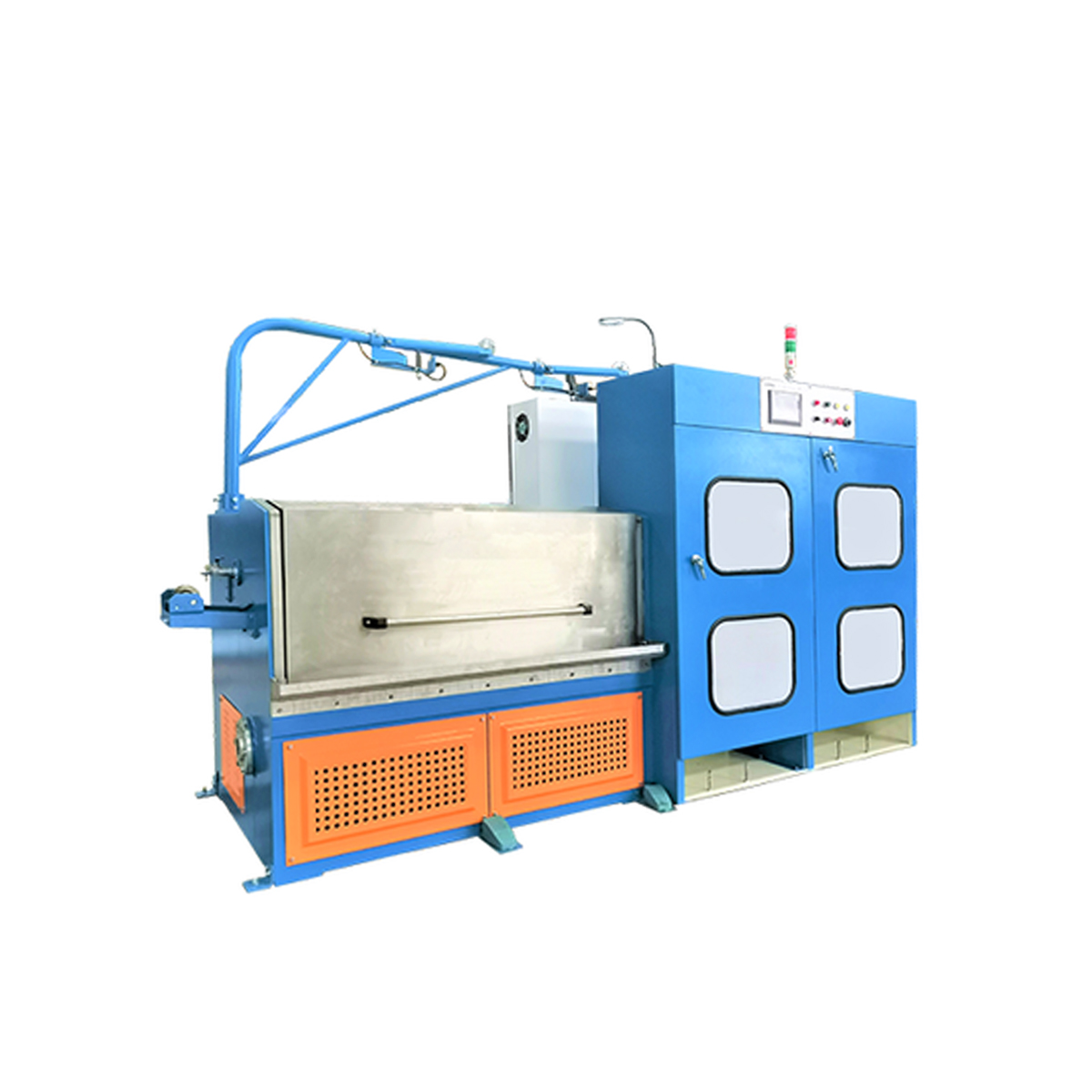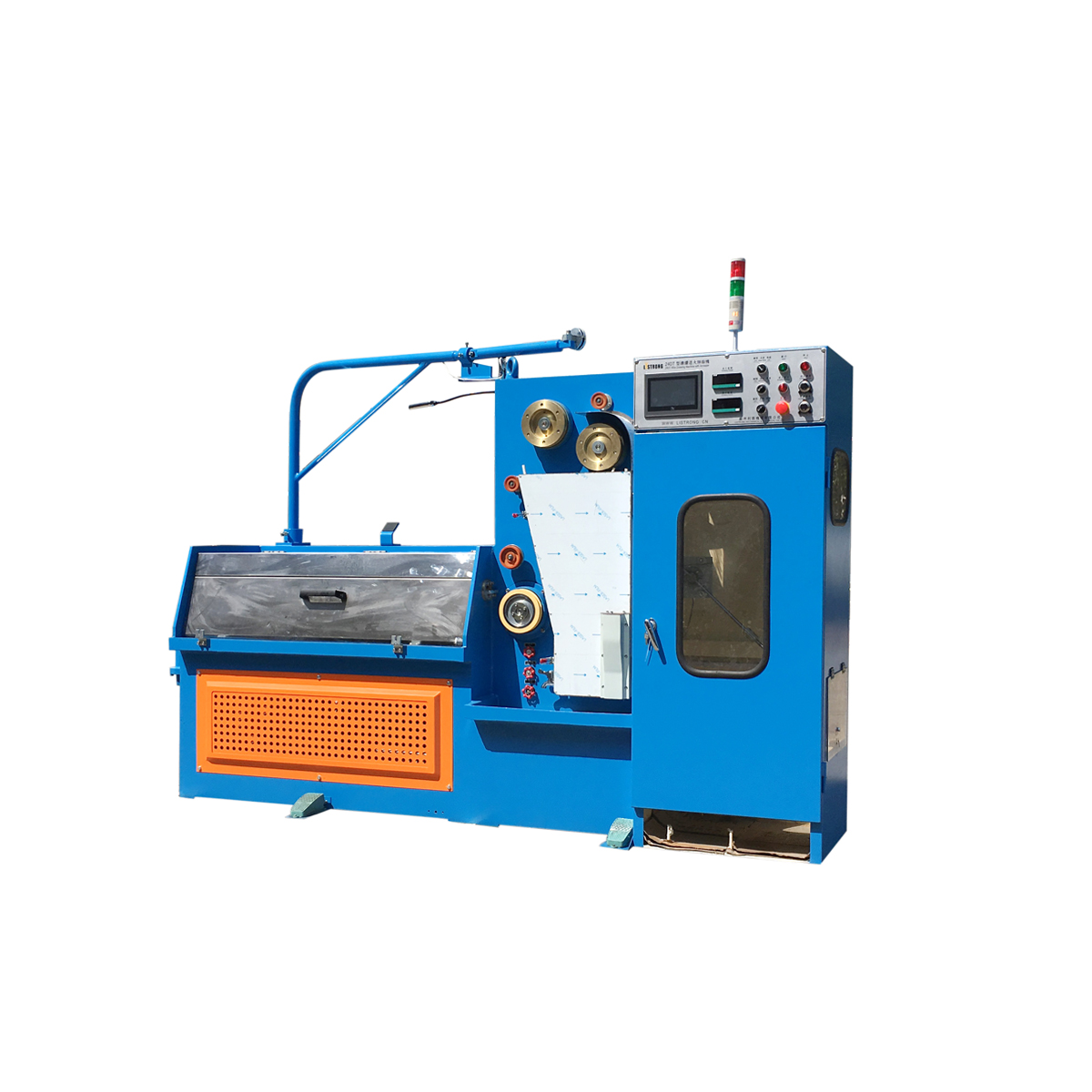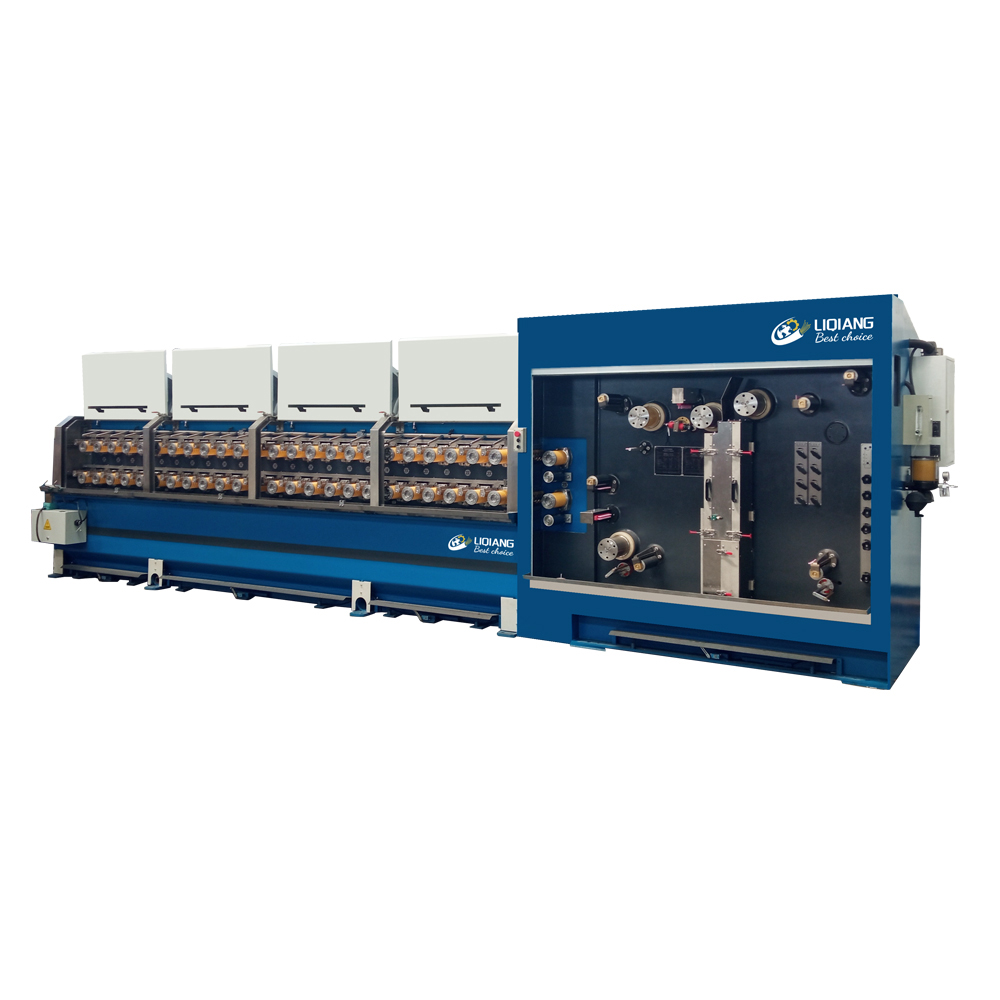Rod breakdown machines play a pivotal role in the wire manufacturing industry, enabling the transformation of metal rods into thinner wires used in various applications across multiple industries. However, a common question that arises is whether rod breakdown machines are limited to processing cylindrical rods or if they can handle irregular shapes or profiles.
Rod breakdown machines are primarily designed to process cylindrical rods, which are fed through the machine to undergo diameter reduction. This reduction process involves pulling the rod through a series of dies, gradually reducing its diameter until the desired wire thickness is achieved. The cylindrical shape of the rod ensures uniformity in the diameter reduction process, resulting in consistent wire dimensions.
While rod breakdown machines are optimized for processing cylindrical rods, there may be instances where manufacturers require the processing of rods with irregular shapes or profiles. These irregularities could include variations in diameter along the length of the rod or non-cylindrical cross-sectional shapes.
In theory, it is possible to adapt or modify a rod breakdown machine to accommodate rods with some irregularities. However, several factors need to be considered when attempting to process irregular rod shapes using a rod breakdown machine.
One of the primary challenges associated with processing irregular rod shapes is maintaining consistency in wire diameter and quality. Rod breakdown machines are engineered to exert uniform pressure and deformation on cylindrical rods, ensuring predictable results. Introducing irregularly shaped rods into the machine could disrupt this uniformity, leading to variations in wire diameter and potentially compromising the quality of the end product.
Additionally, the design and configuration of rod breakdown machines may pose limitations on the types of rods they can effectively process. The machinery is typically optimized for cylindrical rods, and attempting to feed irregularly shaped rods through the machine may result in mechanical issues or damage to the equipment.
While rod breakdown machines may not be inherently suited for processing rods with irregular shapes, alternative manufacturing processes and specialized machinery exist to address such requirements. Extrusion processes, for example, are commonly used to shape metal into complex profiles or cross-sections, offering greater flexibility in handling irregularly shaped materials.
In conclusion, while
rod breakdown machines excel at processing cylindrical rods, their capabilities may be limited when it comes to handling rods with irregular shapes or profiles. Manufacturers seeking to process irregularly shaped rods may need to explore alternative manufacturing processes or specialized machinery tailored to their specific requirements. While it may be possible to adapt rod breakdown machines for such purposes, careful consideration of the challenges and limitations involved is essential to ensure optimal results and maintain product quality.




 中文简体
中文简体 русский
русский Español
Español عربى
عربى














Contact Us